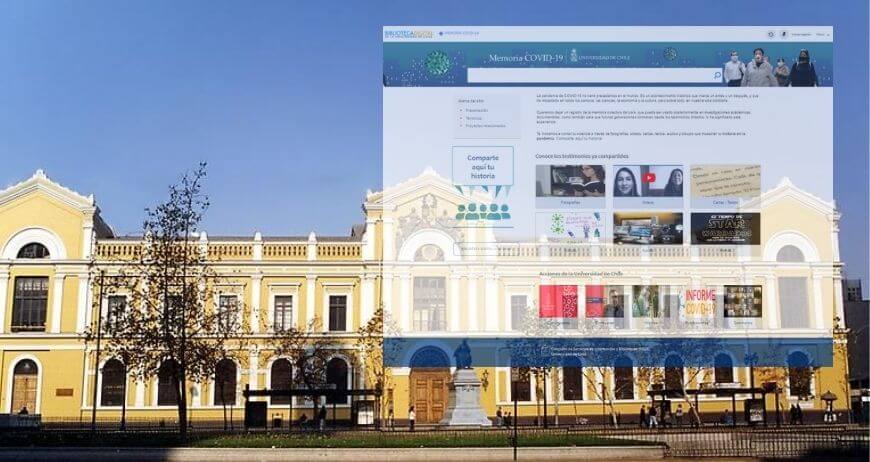By Kevin Stehr, Vice President, North American Sales, ProQuest
As technology changes…as research habits change…as budget changes…so must libraries change. Whether the change involves a print-to-electronic transition or a space reclamation project, there are bound to be questions, concerns and even resistance.
The manager’s “extremely important” role
In a survey conducted by the change management authority Prosci, participants pointed to the participation of middle management as a top contributor to change management success. “In a separate study with 575 change leaders,” Prosci writes, “84% of participants ranked manager and supervisor involvement in change initiatives as ‘extremely important’ or ‘very important’ to the success of their project.”
- Managing communication
This part of the manager’s job is arguably the most impactful. Keeping staff – and, to an extent, patrons – informed of change contributes to a more stress-free transition and can mitigate worries and rumors before they begin. There are plenty of ways to communicate, from strictly confidential internal email to all-access library website or social media updates. The challenge for the manager is to develop a consistent schedule of easy-to-digest information that gives a complete picture of the change process.
- Managing resistance
In a previous blog post, I talked about how concerns over library budget, collection development and, of course, team members’ jobs, can escalate into palpable resistance. For the manager, calm and non-judgmental one-on-one or group discussion can serve to alleviate tension. Keeping everyone on the staff aware of what’s happened, and what’s next, delivers a sense of confidence and ownership in the change.
- Managing transition
Change is a process, not an event. But fortunately, change experts can help lead libraries through the process step by step. Prosci describes its ADKAR model as one that “represents the five milestones an individual must achieve in order to change successfully.” ADKAR is the process we at ProQuest use to assist our library customers through their own transitions.
Connection fosters understanding and acceptance
- From a timing standpoint, building an awareness and a desire to make that change is the first step.
- From there, communication and a roadmap that helps people see their respective positions in the current and future state is critically important.









